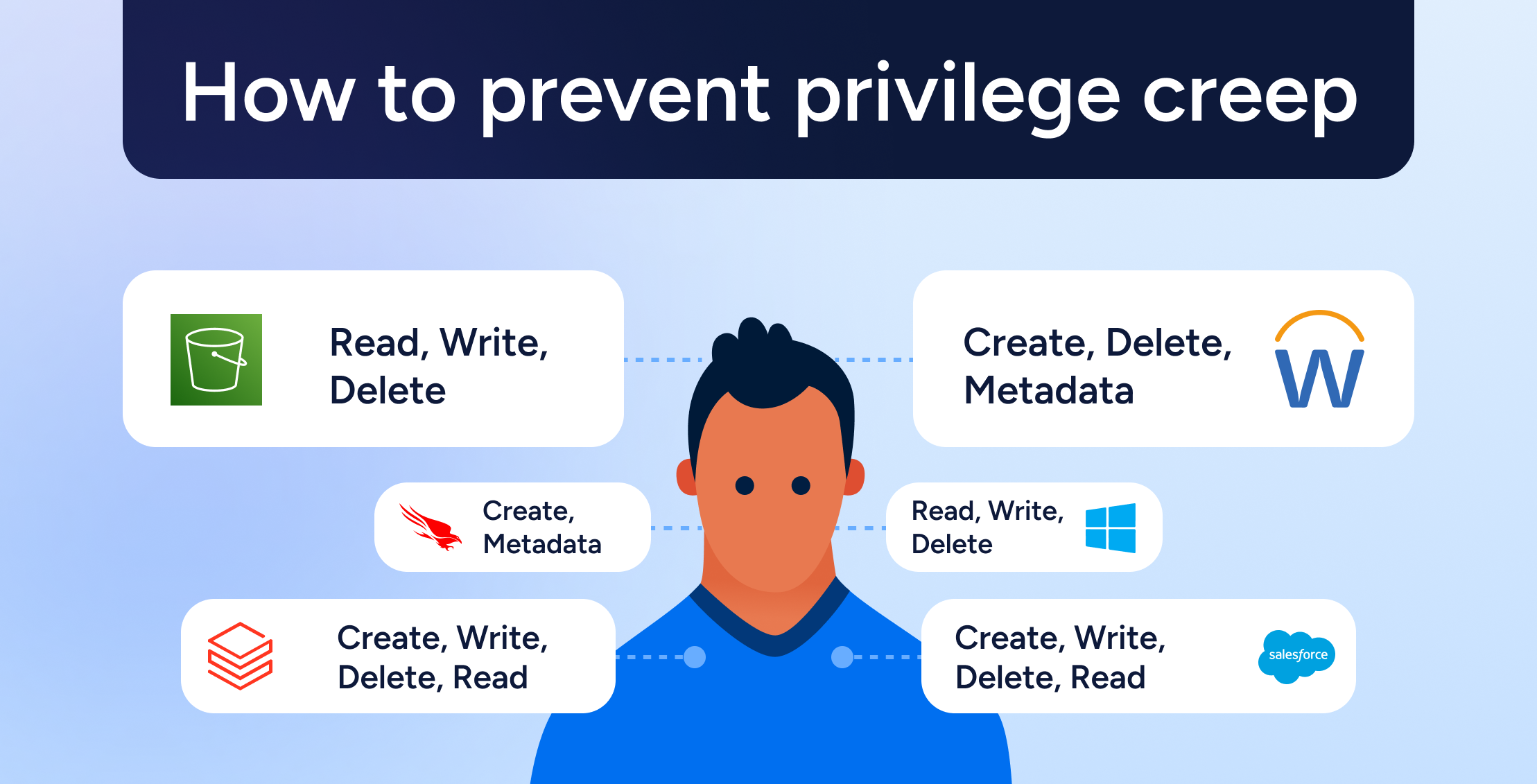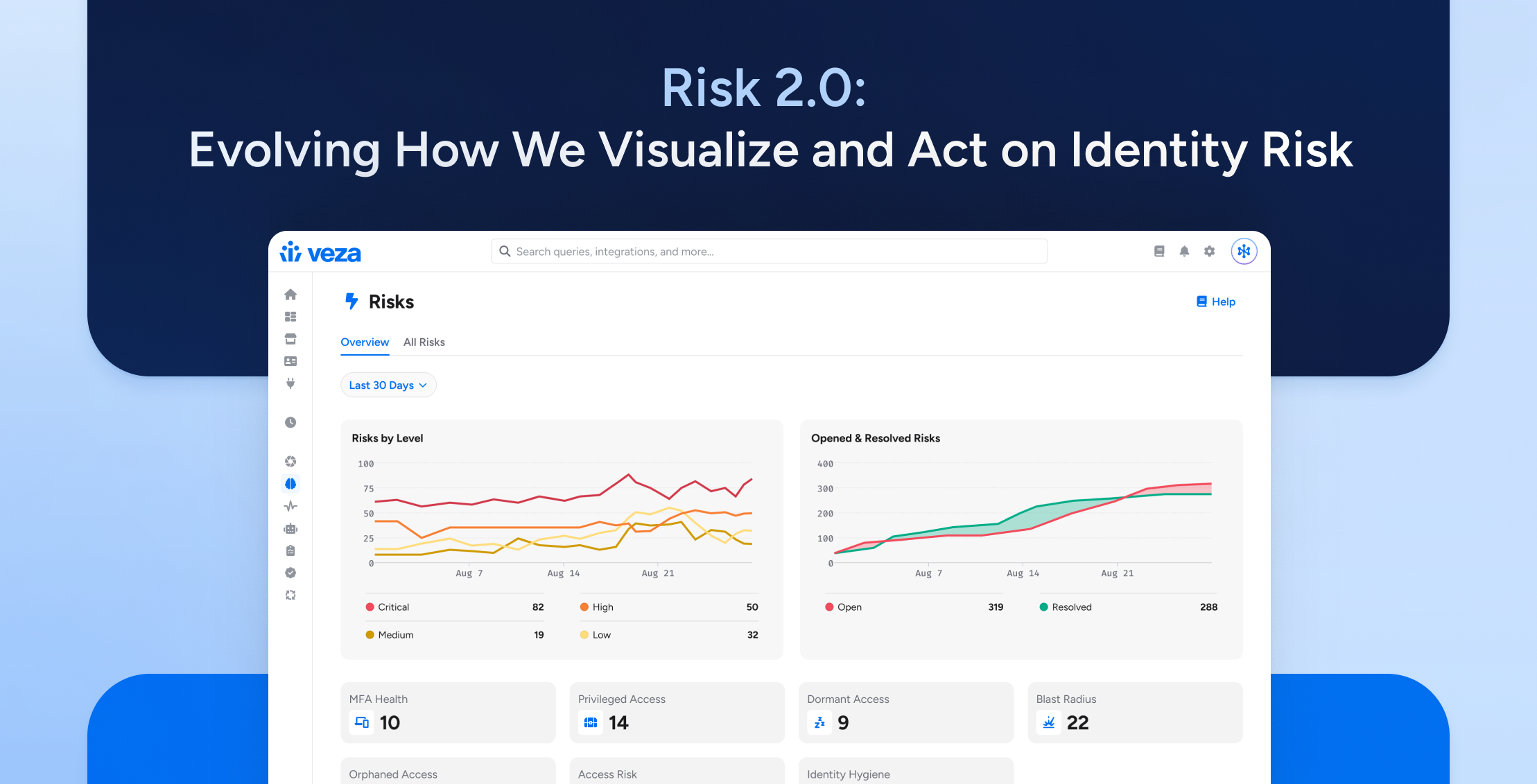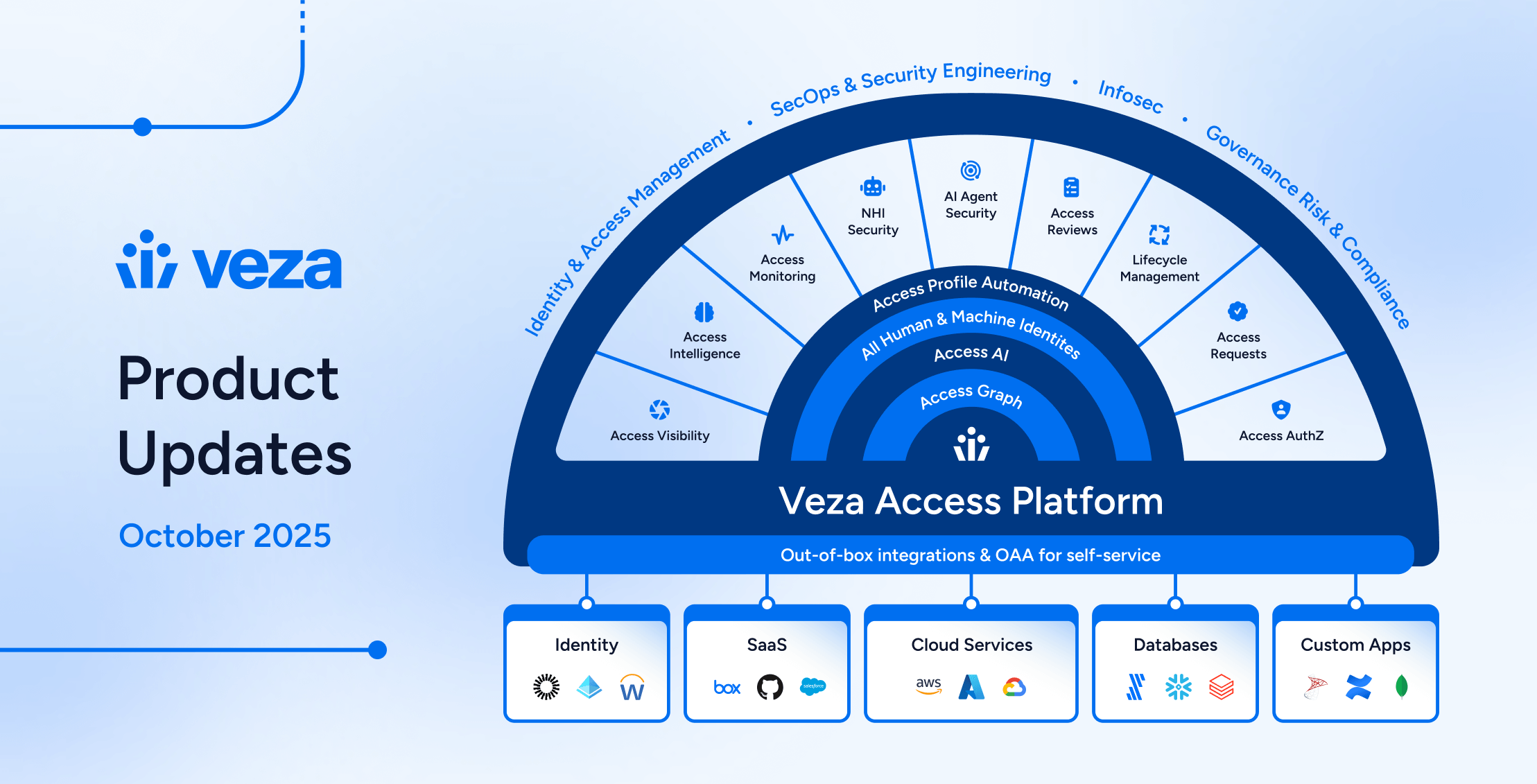
Introduction
If you’ve been running identity and access management (IAM), privileged access management (PAM), or identity governance and administration (IGA) programs for a while, you’ve probably seen it happen: a user who started with a narrow set of permissions slowly collects more and more rights over time.
Sometimes it’s because processes failed. Sometimes it’s because a project needed quick access and no one rolled it back. And sometimes it’s because an overburdened admin just wanted to keep the ticket queue moving.
We’ve all been there, staring at a backlog of onboarding requests, role changes, and urgent break-fix tasks. Under pressure, it’s tempting to take the easy route: grant broad permissions up front so you don’t have to keep circling back for adjustments, reviews, and retesting. It’s not malicious negligence, it’s survival mode. But over time, those “just make it work” decisions snowball into privilege creep (also known as access creep).
Left unchecked, it expands your attack surface, creates opportunities for privilege escalation, and opens the door to insider threats, cybercriminals, non-compliance, and costly security incidents.
In this post, we’ll break down:
- What is privilege creep, and why does it happen?
- How excessive privileges impact your security posture and compliance.
- Practical ways to establish appropriate controls and prevent access creep.
- How modern access governance solutions like Veza make prevention and remediation easier.
If you’re new to identity security fundamentals, you may want to read our What is Identity Security? guide first.
What Is Privilege Creep?
Privilege creep happens when users accumulate more access rights than they actually need to perform their job duties.
It’s rarely intentional — more often, it’s the result of well-meaning IT or security teams granting additional permissions for special projects, urgent requests, or role changes, without fully revoking old rights once they’re no longer needed.
For example:
- An engineer is given production database admin rights for a weekend migration… but keeps the role months later.
- A marketing manager who transfers to another department but retains access to old SaaS tools, sensitive files, and group mailboxes.
- A healthcare worker maintains access to patient records after changing jobs.
- A finance analyst retains access to M&A documents long after the integration is complete.
- A contractor whose permissions were never removed after their engagement ended.
Over time, these excessive privileges create over-privileged accounts, which can become a liability. According to the Verizon Data Breach Investigations Report, misuse of privileges is a leading cause of insider incidents.
Privilege creep is a silent cybersecurity risk; it doesn’t break systems or throw alerts, but it steadily erodes your ability to enforce least privilege and zero trust principles.
Why Does Privilege Creep Happen?
Even mature IAM, PAM, and IGA programs can fall victim to privilege creep. Common causes include:
- Role Changes Without Deprovisioning
When users move between teams or take on new responsibilities, new access is granted, but outdated access is left in place. - One-Off Access Grants (and the Overburdened Admin Shortcut)
Emergency fixes, testing, or temporary assignments often lead to elevated permissions that never get rolled back. When IT teams are swamped with requests, onboarding sprints, and break-fix escalations, it’s tempting to grant broader permissions up front rather than fine-tune and retest access multiple times. Those shortcuts keep the queue moving today, but build long-term risk if not revisited and cleaned up. - Service Level Pressures
It’s Friday afternoon, and the helpdesk has 47 access requests in queue, and the new sales VP needs Salesforce access ‘yesterday.’ Do they grant minimal permissions and risk weekend escalations, or give broad or admin rights ‘just to be safe?’ - Poor Visibility Across Systems
In large, hybrid, and multi-cloud environments, it’s easy to lose track of entitlements spread across SaaS, cloud services, and on-prem systems. - Lack of Automated Lifecycle Management
Without lifecycle management processes, accounts aren’t consistently updated as roles change, leading to the accumulation of rights over time. Automated lifecycle management tools tied into IAM, PAM, and IGA workflows ensure access is added, modified, and revoked at the right points in the user’s journey, without relying on memory or manual cleanup. - Weak Access Policies
If your access request management process lacks clear approval workflows, expiration policies, and enforcement, over-provisioning becomes the default.
How Is Privilege Creep a Security Risk?
Privilege creep isn’t just untidy permission hygiene — it’s a tangible risk multiplier.
1. Outsider Threats from Cybercriminals
Excessive privileges expand the potential damage if an attacker compromises an account. A standard user with unnecessary admin rights can quickly escalate privileges or move laterally, accessing sensitive data or critical systems.
2. Insider Threats
Malicious insiders or disgruntled employees can exploit retained permissions to steal data, disrupt operations, or sabotage systems. Even well-intentioned employees can make costly mistakes when over-privileged.
3. Compliance Violations and Non-Compliance Risk
Frameworks like NIST, ISO 27001, and regulations like SOX and GDPR require access controls aligned with least privilege. Privilege creep can result in audit failures, fines, or loss of certification.
4. Unnecessary Access and Operational Inefficiency
Beyond security, unnecessary access makes systems harder to manage. It clutters user access reviews, increases the scope of security incidents, and complicates authentication vs. authorization enforcement.
Ways to Prevent Privilege Creep
1. Enforce the Principle of Least Privilege (PoLP)
Ensure users have the minimum rights needed for their job — no more, no less. This should be enforced across IAM, PAM, and IGA systems.
2. Apply Zero Trust Principles
Adopt a verify-everything model. Assume no user, device, or app is inherently trustworthy, and require re-authentication and re-authorization for sensitive actions.
3. Create and Maintain Strict Access Policies
Document who can request access, how it’s approved, and when it must expire. Integrate this into your access request best practices to establish appropriate controls.
4. Perform Regular User Access Reviews
Schedule quarterly or semi-annual reviews, depending on your risk profile. Modern IGA software can streamline this by automating entitlement mapping and review workflows.
5. Use an Identity Security Solution for Continuous Oversight
Tools like Veza’s machine identity management and non-human identity security help detect and remediate privilege creep across human and non-human accounts, critical in modern, API-driven environments.
Visualize and Control Access with Veza
Privilege creep is inevitable in dynamic organizations — but it’s not unmanageable. The key is continuous visibility, automated enforcement of least privilege, and a repeatable review process.
Veza’s platform gives IT and security teams a single source of truth for identity-to-access relationships across cloud, SaaS, and on-prem environments. You can:
- Map who has access to what (including non-human identities).
- Detect and remove excessive privileges before they’re exploited.
- Automate reviews, approvals, and policy enforcement.
The result: fewer hidden risks, stronger compliance, and a reduced attack surface.
If you’re ready to get control over privilege creep and align your IAM, PAM, and IGA efforts with modern identity security practices, explore our access governance capabilities or request a tailored demo.
Next Steps to Eliminate Privilege Creep in Your Environment
Learn More
Want to go deeper on the fundamentals? Explore our blog What is IGA (Identity Governance & Administration)? to understand how strong governance controls form the foundation for stopping privilege creep before it starts.
See It in Action
Watch the Identity Radicals Podcast: Beyond the Buzzwords: Identity, Zero Trust, and Digital Transformation, or download our Access Governance Guide to learn how Veza enables continuous visibility, automated remediation, and enforcement across IAM, PAM, and IGA environments.
Take Action
Ready to see how Veza can help you detect and eliminate excessive privileges across your hybrid, SaaS, and multi-cloud environments? Schedule a demo with our team today.
About the Authors
Matthew Romero, Technical Product Marketing Manager at Veza, specializes in identity security, access governance, and integration strategy. With a background in SecOps and experience leading Microsoft Defender product initiatives, he creates technically authoritative content that helps organizations control “who can do what” across cloud, SaaS, and on-prem environments.
Madeline Hogan, Head of Content at Growth Marketing Pro, developed the original outline and pitch for this article. She brings deep SEO expertise and content strategy experience, ensuring the piece is structured for both discoverability and reader engagement.





